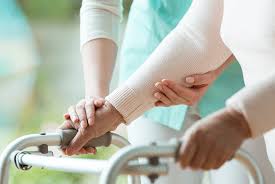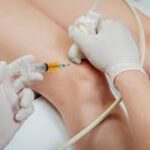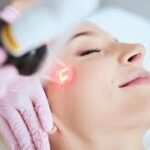Movement disorders affect how a person moves and functions each day. These neurological conditions often disrupt muscle control and coordination. Common types include Parkinson’s disease, dystonia, essential tremor, and Huntington’s disease. Symptoms may include tremors, slow movement, rigid muscles, or sudden involuntary motions.
Some disorders result from genetics or brain injuries. Others come from medication side effects or other medical conditions. Each condition develops differently, but they all interfere with normal body movement. Early diagnosis and proper treatment can make a big difference in daily life.
Medications to Manage Symptoms
Doctors usually begin treatment by prescribing medications that target brain chemicals responsible for controlling movement and coordination. Levodopa and dopamine agonists help reduce stiffness and tremors in people with Parkinson’s disease by mimicking or replacing dopamine. These drugs work by improving signal transmission between brain cells involved in muscle control and voluntary movement. For some individuals, these medications offer consistent symptom relief and better mobility during daily activities.
Other medications help manage additional symptoms related to movement disorders. Anticholinergics reduce tremors by adjusting the brain’s chemical balance involved in motor function. Muscle relaxants like baclofen or tizanidine ease tightness and spasms linked to neurological conditions. Botulinum toxin injections weaken overactive muscles and reduce involuntary movements in people with dystonia or facial tics.
Surgical Solutions When Needed
When medications lose their effectiveness, doctors may recommend surgery to help manage movement disorder symptoms. Deep brain stimulation is a widely used option that involves implanting electrodes into targeted brain areas.
These electrodes deliver controlled electrical pulses that help regulate abnormal signals affecting movement and coordination. Patients with Parkinson’s disease or essential tremor often experience reduced stiffness and tremors after this procedure.
Lesioning is another surgical approach that removes or damages small brain regions to interrupt faulty nerve signals. This method can ease symptoms by disrupting the pathways that cause involuntary movements.
Focused ultrasound offers a non-invasive alternative that uses sound waves to treat tremors without making incisions. Both options may improve mobility and support better daily functioning for those with persistent symptoms.
Therapy and Daily Support
Therapies play an active role in helping people with disorders stay mobile and independent in daily life. Physical therapy uses structured exercises to improve posture, coordination, and balance affected by movement disorders. These sessions also help reduce stiffness and support better walking ability and overall strength. Ongoing therapy can slow physical decline and improve comfort during regular activities.
Occupational therapy helps people with movement disorders perform tasks like dressing, cooking, and writing more easily and safely. Therapists provide tools and strategies that promote independence and reduce frustration in daily routines.
Speech therapy addresses challenges with communication and swallowing that often come with movement disorders. Each treatment plan is carefully tailored to the person’s specific symptoms and functional goals.
Take Control of Life with Movement Disorders
Movement disorders bring real challenges, but many treatment paths can lead to better days and greater independence. Medications, surgery, therapies, and lifestyle changes all work together to improve everyday function and comfort.
Technology and support networks also play an active role in care and long-term management. With help from trusted medical teams, individuals can build stronger, more manageable lives and move forward with confidence.
Related Articles
The Impact of Mammograms on Early Detection of Breast Cancer
Debunking Common Myths About Effective Weight Loss
Why Private Medical Practices Focus on More Personalized Patient Relationships
Spider Veins: Can Exercise Improve Circulation and Reduce Their Appearance?





